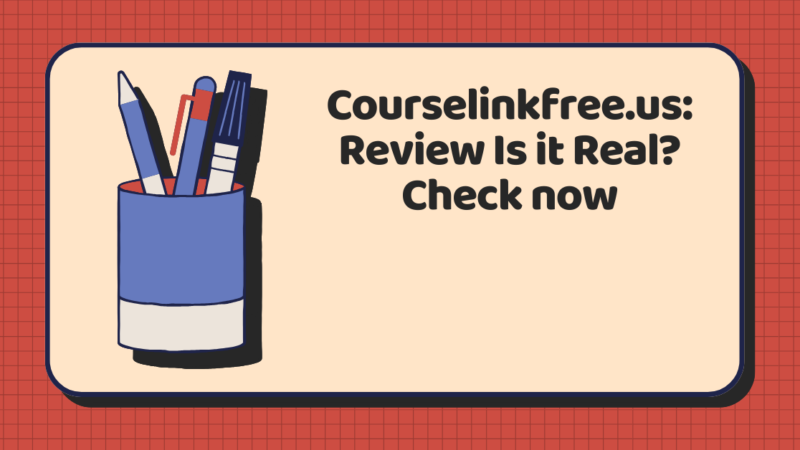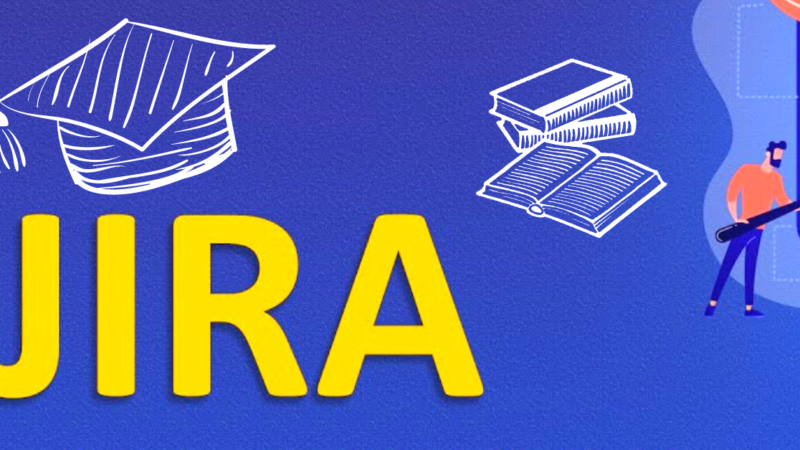How can you be a good teacher for different age groups?

Teaching methods have undergone a significant change throughout the last century. As traditional teaching styles evolve with the emergence of distinguished instruction, more teachers are changing their approach depending on their students’ learning needs. This is particularly true for educators teaching different age groups who constantly find ways to adapt their methods to different student motivations.
Unlike typical teachers, mixed-age educators’ most significant challenge is ensuring their academic plans and educational activities are mapped closely to students’ abilities and ages. Children are energetic and have shorter attention spans. So, your classes must be engaging and filled with fun activities. Meanwhile, educating teenagers and adults is no less challenging but often requires a more comprehensive look at a specific topic.
Every student is unique in areas such as energy levels, interests, background, personality, intelligence, skills, and development. Even identical twins are not identical when it comes to learning. You must set specific student learning expectations and goals for each age group to avoid stalling their eagerness to learn and ensure continuous development.
Although teaching different age groups has its share of challenges, it can also benefit the teacher. Educators teaching different age groups are often encouraged to go the extra mile to develop specific abilities and help their students master learning skills within a particular timeframe and achieve their academic goals. Moreover, teaching different age groups also makes you realize the importance of relating to what is happening in your students’ worlds.
You start looking back at when you were in their age or position and wonder what appealed to you and if it will still speak volumes to them today. You find ways to instill a love of learning to make the class engaging, fun, and exciting for each group. These new tasks and challenges can help you become more focused and practice your creative thinking and adaptability skills, which are essential in today’s competitive education sector.
With the global professional education industry rapidly growing and evolving, teachers must upskill to stay competitive in the job market. Recent data shows workers upskilling earn an average of $8,000 more than their peers who do not. Teaching different age groups encourages educators to upskill to meet student demands, and aside, they remain relevant in this cutthroat industry. However, teaching different age groups is a science and an art that requires constant balancing to keep students engaged and maximize their learning potential. Read on for strategies to become a good teacher for all ages.
Create learning objectives for your students
The importance of establishing learning objectives is too hard to ignore, especially if you are teaching mixed-age group students. Setting learning objectives allows you to communicate what students should do specifically to optimize their learning journeys. As a subject matter expert, you probably already have a gist of what you want your students to get from your class.
By establishing objectives, you tell students what is essential. For instance, if you teach an entry-level language, your learning objectives may look like these.
- Understand simple conversations and stories on daily topics.
- Write simple texts such as letters, narrations, and descriptions.
- Use appropriate verbal and non-verbal communication displaying the correct etiquette for everyday activities in various social contexts.
From the learning objectives above, your students will understand that concentrating on the daily basic conversation using proper etiquette is more vital than remembering unconversational vocabulary. By directing the students’ attention to critical information to look for, teachers can increase class engagement, help students self-regulate their learning process, and allow them to organize their notes more efficiently. When students can self-regulate their learning, they become autonomous learners who are less reactive and more proactive in pursuing their desired interests.
However, it is worth noting that the advantages of establishing learning objectives extend beyond the student’s ability to process knowledge. Articulating learning objectives helps teachers choose and organize course content and identify assessment types and learning activities to build a course that resonates with different age groups. When you write and evaluate the course learning objectives, you can determine the topics and materials suitable for the learning outcomes.
This allows you to quickly filter out texts or activities that do not suit the course or a specific age group. When a course is designed to align learning goals with assessments and activities, you can help students learn to synthesize ideas, construct their knowledge, and develop conceptual awareness around a specific topic. Teachers are designers, and an actual act of your profession is the development of curriculum and learning experiences to meet specified purposes.
By establishing learning objectives, you can determine the most effective assessments aligned with your course’s critical components. Like business objectives, there is a science around writing clear and concise learning objectives. Contrary to popular belief, learning objectives are not a list of what you cover in class. Instead, they are what you want your students to learn or achieve.
But before writing learning objectives, you must think about what type of change you want your course to make to different age groups. An excellent way to do this is to classify learning domains into three categories: affective, cognitive, and psychomotor. In the affective domain, you must determine how a learner from a specific age group chooses to act on the information presented by examining their attitudes, emotions, and feelings.
Once you’ve established that, you can determine the change needed to improve the learner’s performance. For example, the change in a high school poetry class might be to help students write a poem after the period. However, your learning objectives must be measurable to be effective. This way, you can measure student progress and performance and improve areas not performing well.
Teachers need to understand that educating students is a constant learning process. By setting measurable goals, you can iterate course content as necessary to ensure learning effectiveness. When you continuously iterate, you can progress faster on student learning objectives and establish direction toward life-long learning.
Ask for student feedback
Feedback is an essential component of the educational system. This is given more significance if you are teaching mixed-age group students. If you are reading this, there is a good chance you have never been able to engage learners in different age groups. For teachers to maximize the student’s learning potential, they must encourage two-way communication to ensure no one will feel left out.
The problem is most teachers assume they already know what students think about their class, how well they are managing the workload, and what activities they like the most. Although it might be possible you know best, not asking students for serious and honest feedback may result in you missing something. If you ask the right questions and encourage students to provide quality answers, their feedback can benefit you in several ways.
For instance, it allows you to adjust instruction to meet their needs better because sometimes test scores and grades do not tell the entire story. A student earning excellent grades might achieve that only with enormous effort and hours of work at home. Conversely, a student who constantly delivers mediocre work might want a more significant challenge. By asking for feedback, you can examine your past teaching mistakes and unearth helpful information to help you grow as a teacher.
Now, this is not asking students to grade you because that would be unfair to you and your students. This is about seeking and welcoming student suggestions on enhancing the learning experiences you create for them. Doing so allows you to examine the correlation between what you believe about student learning and how you implement that belief in your instruction. So, if you believe every student can learn, you must ask yourself how you ensure this happens.
By creating two-way communication with your students, you can become accountable to one another. The trust built in such an environment will allow you to ask hard questions to your students, such as “How am I doing as your teacher?” While developing a feedback culture is the initial step, the next is to pick a specific time to ask for it. After all, yelling out and asking your students for immediate feedback might do more harm than good since it takes time for them to examine your teaching scheme.
An excellent start is to ask for feedback a month into each semester to give you sufficient time to adjust your course content for your learning goals and abilities. You must keep the process simple when asking feedback with brief questions such as the following.
- What should keep happening in this class?
- What should we begin doing in this class?
- What should we stop doing in this class?
Once you’ve collected the results, study it and list everything you received. You can discuss your findings and tell students which suggestions you will implement, which recommendations you cannot act on, and why. The advantage of gathering and incorporating student feedback is it can change the class’ entire culture and tone while demonstrating you value their perspectives.
Furthermore, student feedback can emphasize course misalignment that an instructor may not otherwise perceive. When you catch this misalignment early, you can prevent yourself and your students from going too far down the wrong path. For instance, you can ask students what they hope to get out of your class and try to see how well their expectations match the syllabus. The challenge with teaching students from different age groups is their level of expertise about a specific subject is different from one another.
If your students have years of experience with information technology, teaching them basic industry concepts will do little to help because their level of technical competency is beyond what you are instructing. Conversely, if they are only starting, teaching them fundamental IT concepts will help them see the big picture of the course and not get lost in the individual bits of data and less important concepts.
Be fluent and confident in the subject
Before you can teach any subject, you must master it yourself. Only then will you truly understand what your students are struggling with. If you have trouble learning the different planets of the solar system, so will your students. By understanding the subject matter deeply, you can help students build useful cognitive maps, address misconceptions, and relate one idea to another.
This is especially important if you are teaching different age groups since students have unique learning styles. Some students understand a concept faster, and others need more time to digest information and apply it in real-life scenarios. Your duty as a teacher is to determine your student’s learning styles to help them reach their potential and maximize your learning delivery model.
Unlike traditional learning, wherein you discuss a topic, assign homework, and quiz students the next day; you must follow a personalized approach when educating mixed-age group students. Personalizing their education ensures they can retain the knowledge as they dig deep into the topic and develop ownership of learning to improve assessment performance and achieve higher retention rates. The problem with traditional education is that it forces students to move together, resulting in some falling behind while others have to slow down.
Personalizing learning allows students to learn more about the subject they shine on and take their time where they struggle. It also prevents talented students from feeling distracted, bored, and disconnected from lessons due to slowing themselves for the sake of others. So, you must understand your subject matter deeply to personalize learning because how can you customize education if you are unfamiliar with the topic?
One way to understand your subject matter more comprehensively is to pursue doctoral programs in education at an established academic institution such as Rockhurst University. Doing so will gain credibility as an expert and a researcher in your chosen field. This is because doctoral programs encourage you to formulate hypotheses and theories and test their reliability. As a subject matter expert, you can identify ways to customize learning to ensure students can concentrate on areas that interest them or understand better.
The path to a doctoral degree is composed of multiple coursework stages. In most doctoral programs, you start the journey with common core classes that establish foundational skills to complete the degree’s required work. Depending on your chosen academic institution, this might include qualitative and quantitative research and analysis courses, colloquium courses, applied statistics, research methodology and design, and advanced writing methods.
While this might seem challenging, taking these courses allows you to refine your skills and become a reliable expert in your chosen field. This, in turn, enables you to transition easily to teaching mixed-age group students and ensures you can personalize the course toward their learning goals and abilities. Doing so allows you to intrinsically motivate students to choose their desired path out of several options instead of being told what to learn.
Alternatively, you can also seek professional mentors since there is so much to learn from each generation. Discuss teaching with them or let them sit in your class so they can provide constructive criticism. For example, they might suggest that you state your classroom objectives more clearly. Following their advice reduces the likelihood of making mistakes that could otherwise spell the end of your teaching career.
How to earn a doctorate degree in education
Admission requirements for a doctorate can differ from one school to another. However, the initial step begins with earning an undergraduate degree. While working towards your undergraduate degree, you will encounter courses on foundational studies that prepare you to work with students from different age groups and cultural backgrounds.
Once you’ve earned your undergraduate degree, you must complete your master’s degree focused on education. Selection committees for the most prestigious doctorate in education programs often closely examine the graduate-level coursework students complete when deciding if they are suitable for the program.
After getting your master’s degree, you must decide which type of doctorate program suits your personal and professional goals. A Ph.D. program will prepare you for research, while an EdD is suitable if you want to put knowledge into practice in your field and teach students of different ages. You may also be required to take the GRE since some academic institutions require it for admission.
You can start researching and applying for doctorate programs that fit your interests. While researching, examine the admission requirements thoroughly, which almost always include multiple letters of recommendation, essays, and a comprehensive resume. Once admitted into a doctoral program, you will complete coursework and create, submit, and defend your dissertation proposal. After successfully defending your dissertation research, you will receive a doctoral hood from your supervising professor, signaling course completion.
Become a doctor in education today
Teaching different age groups requires a specific level of expertise to convey the learning material to them effectively. Working towards a doctorate empowers you to become a subject matter expert who can fit seamlessly regardless of generational diversity.






